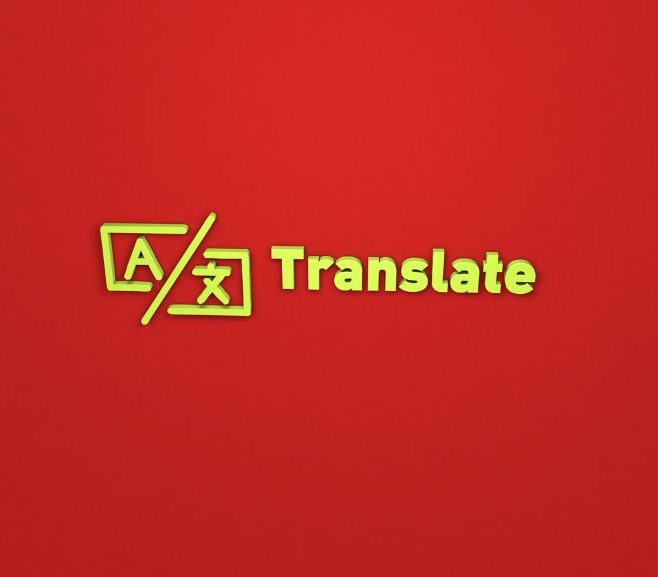Have you ever encountered someone from a different language background and wished you could communicate with them in their language? If your answer is yes then you are also among hundreds and thousands of other people who aim to speak a different language.
Anybody can learn a new language, but the issue is that it is a very arduous process. Moreover, the chances of becoming fluent in that language are minimal as well. Hence, one needs to take assistance.
Experts claim that machine translation can bridge communication barriers like no other. So this article will discuss the benefits of machine translation.
What Is Machine translation?
Machine translation is a technology that helps us understand other languages without learning them ourselves. It uses computers to translate text from one language to another automatically. Imagine you have a letter written in the French language but you only understand English.
At this particular moment, you have a choice. And that is to ask for help. A translation tool, such as Google Translate, will be the best option. It can help you change all the French words in that essay and convert it into any language possible.
Benefits of Machine Translations
Machine translation offers various benefits, including:
a. Speed: Machine translation is much faster than human translators, helping us get translations quickly.
b. Cost-effective: It is also cheaper than hiring technical translation services, making it affordable for businesses.
c. Consistency: Moreover, It has the ability to maintain a consistent level of quality, which is essential for translating large volumes of text.
d. Accessibility: It helps break down language barriers and makes information accessible to people worldwide.
e. Customization: Some advanced tools can be tailored to specific industries so that the client gets exactly what they need.
There are many MNCs around the world that utilize machine translation. For instance, Microsoft and IBM have incorporated machine translation systems in their products and services. This enabled them to cater to a worldwide audience.
Difference Between Machine Translation And Neural Machine translation
Traditional machine translation uses dictionaries to translate text from one language to another. This approach can sometimes produce unnatural-sounding translations or make grammatical errors.
Neural machine translation, on the other hand, uses artificial intelligence (AI) to learn and understand languages better. It has the ability to incorporate different variants of AI and generate the best possible outcomes. Similarly, when it comes to language and translation, we have observed that NMT can produce massive volumes of translated content with amazing efficiency and effectiveness.
Moreover, there are NMT systems that can recognize patterns and context, resulting in more accurate and natural translations.
Neural Machine Translation And The Business Industry
Neural machine translation services can benefit the business industry in various ways:
a. Global communication: Businesses can communicate with their clients worldwide. This will lead to better relationships.
b. Marketing and sales: Companies can translate their websites into multiple languages. And that is something that helps them reach new markets and increase sales.
c. Customer support: NMT allows businesses to provide multilingual customer support. And if the customers are handled with care, it improves customer satisfaction and loyalty.
d. Localization: Businesses can adapt their products and services to local markets by localizing their content. By doing this, it shows consumers that the organization cares about them.
e. Cost savings: NMT can help businesses save money on translation services. Many believe that it will increase costs. But the truth is that it decreases a lot of costs.
Understanding MTPE Services
Machine Translation Post-Editing services involve using machine translation technology to generate a first draft of a translation, which is then edited and revised by a human post-editor. This ultimately ameliorates its accuracy and fluency.
Furthermore, MTPE is often used in the translation industry to increase efficiency. And that is not where it stops, it also reduces costs while making sure the quality does not get compromised.
Since we have discussed the basic concept of MTPE services, let’s further discuss the advantages and disadvantages.
Advantages of MTPE Services:
Faster turnaround times: MTPE can significantly speed up the translation process. We have seen that translation technology can quickly generate a first draft that a human post-editor can edit.
Lower costs: Since MTPE involves machine translation technology, it can be more cost-effective than traditional translation services. And that too by keeping the quality intact.
Consistency: It also helps ensure consistency in terminology. Meanwhile, ensuring that the style across large volumes of content stays the same. Because you have to know that this is something very difficult to achieve with traditional translation methods.
Disadvantages of MTPE Services:
Limited accuracy: Machine translation technology could be better. It is not always hundred percent correct. There are instances when the initial draft produced by the machine may contain errors. Thus, requiring significant editing by the human post-editor.
Not Very Creative: MTPE may not be suitable for translations that require a high level of creativity or cultural adaptation. Because at the end of the day, it’s a machine and not a human. It can only extract information from other sources available, but can never create something brand new.
The Costs Are Sometimes Too High: Setting up an MTPE system can require a significant investment in technology and training. Hence, a lot of organizations deem it to be an unnecessary expense.
Conclusion
So in this article, we discussed the different facets of machine translations. The aim was to make a normal person understand what the basic idea is. And how can he or she benefit from them?
Ultimately, the key takeaway from this article is that the future of machine translation is likely to improve as machine learning algorithms become more advanced. However, this technology will partially replace human translators. Because at the end of the day, there will always be a need for human creativity.




